Over the last few years, essential oils have become incredibly popular. Some people use them for aromatherapy while others swear by their health benefits and healing properties. Regardless of how you use your essential oils, you’ve probably spent a pretty penny purchasing them, so why not consider making them at home?
While the initial investment for a distillation apparatus may be spendy, over time you’ll save yourself money. Read on to learn more about different methods of essential oil extraction, how to make essential oils at home, and different uses for your oils.
Methods Of Essential Oil Extraction
Essential oils are naturally derived plant material extracts. Depending on the plant in question, a variety of methods are used for extraction. Extracted oils contain the source plant’s aroma.
The extraction method depends on the type of plant material. There are three main ways to extract a plant’s essence: distillation, mechanical extraction, and chemical extraction.
Distillation
This method involves steam. Plant materials are exposed to pressurized steam which helps draw out the plant’s aromatic compounds. The mixture of steam and oil is then exposed to cooler temperatures where the steam returns to its liquid state and is mixed with the plant’s essence. The essential oil is separated from the water to produce a pure product.
Mechanical Extraction
This method involves physically manipulating the plant material to extract its essence. Cold pressing is the most common mechanical extraction method and is often used to remove oils from citrus peels.
Chemical Extraction
Chemically derived essential oils aren’t actually essential oils at all. Chemically extraction usually involves the use of solvents.
How To Make Essential Oils With A Still
For this particular method, you’ll need to invest in a still to produce steam-extracted, quality essential oils at-home. Again, the initial purchase may be a bit pricey, but you’ll save a lot of money over time if you’re a frequent user of essential oils.
The still utilizes steam to extract the essential oils from the plants. It’s composed of a large chamber that’s usually made of stainless steel, where the plant material is added. The steam vaporizes the plant material which is then passed through a condenser. The condenser cools the vaporized essence into liquid form where it continues into a final receptacle called a separator (because it separates the essential oil from water).
1. Select Your Plant Material

When selecting plant material, choose a plant whose scent appeals to you and consider what is available in your garden. Oil quantities vary during a plant’s life, and the ideal time to pick depends on the specific plant. Handle your plant material gently to avoid losing precious oils. If you have the option, choose organically grown plants.
2. Dry The Plant Material (Optional)
Before starting the distillation process, you have the option to dry your harvested plant material to increase the chances of extracting as much oil as possible. Don’t expose your plants to direct sunlight during this step.
3. Add Your Plant Material
Add your plant material to the large steel chamber. Check the manufacturer’s guidelines for your particular still to identify it, and make sure to fill the chamber with as much plant material as you can.
4. Prepare Your Still
Following the manufacturer’s directions, set up your still. Once you’re ready to extract the oils, fill your still’s boiler compartment with water. Filtered water is best.
5. Bring Your Still To A Boil
With your chosen plant material and water added, allow your still to come to a boil.
6. Keep An Eye On Your Still And Be Patient
The distillation process shouldn’t require much more input on your part, but keep an eye on the amount of water in your still to avoid it boiling dry. Always read through the manufacturer guidelines to get acquainted with the setup and ensure you’re following the correct steps.
7. Filter Your Oil And Bottle It
When the process is over, the last step is to filter the oil in order to separate it from the water. Promptly store your finished product — preferably in a dark bottle made of glass.
Check out this video from Clawhammer Supply for a visual depiction of how this process works.
Uses For Essential Oils
Essential oils are used for a variety of reasons. Different types of essential oils may have several or varying intended purposes.
Aromatherapy
There’s no doubt about it. Essential oils smell amazing. They’re often used in the practice of aromatherapy which involves smelling or inhaling different scents to soothe and manipulate the mind and body.
Enhancing The Atmosphere
Connected to aromatherapy practice, essential oils are often used to create a relaxing atmosphere in spas, homes, and bathrooms using a diffuser.
Medicinal Use
Though the evidence is not conclusive, many people enjoy using essential oils for medicinal purposes. Because pure essential oils are derived from plant materials with potentially active medicinal ingredients, it’s crucial to speak to your doctor before using them. Especially if you have a specific condition or are taking prescribed medications.
Oil may be added to a diffuser, bathwater, creams and lotions, laundry, or pillowcases. You may also use oils topically. Just be wary of allergic reactions. Essential oils should NOT be consumed orally.
A Few Common Essential Oils
There are a considerable number of essential oils available on the market, but some are more popular than others primarily because of their supposed health benefits. Here are a few of my favorites.
Lavender
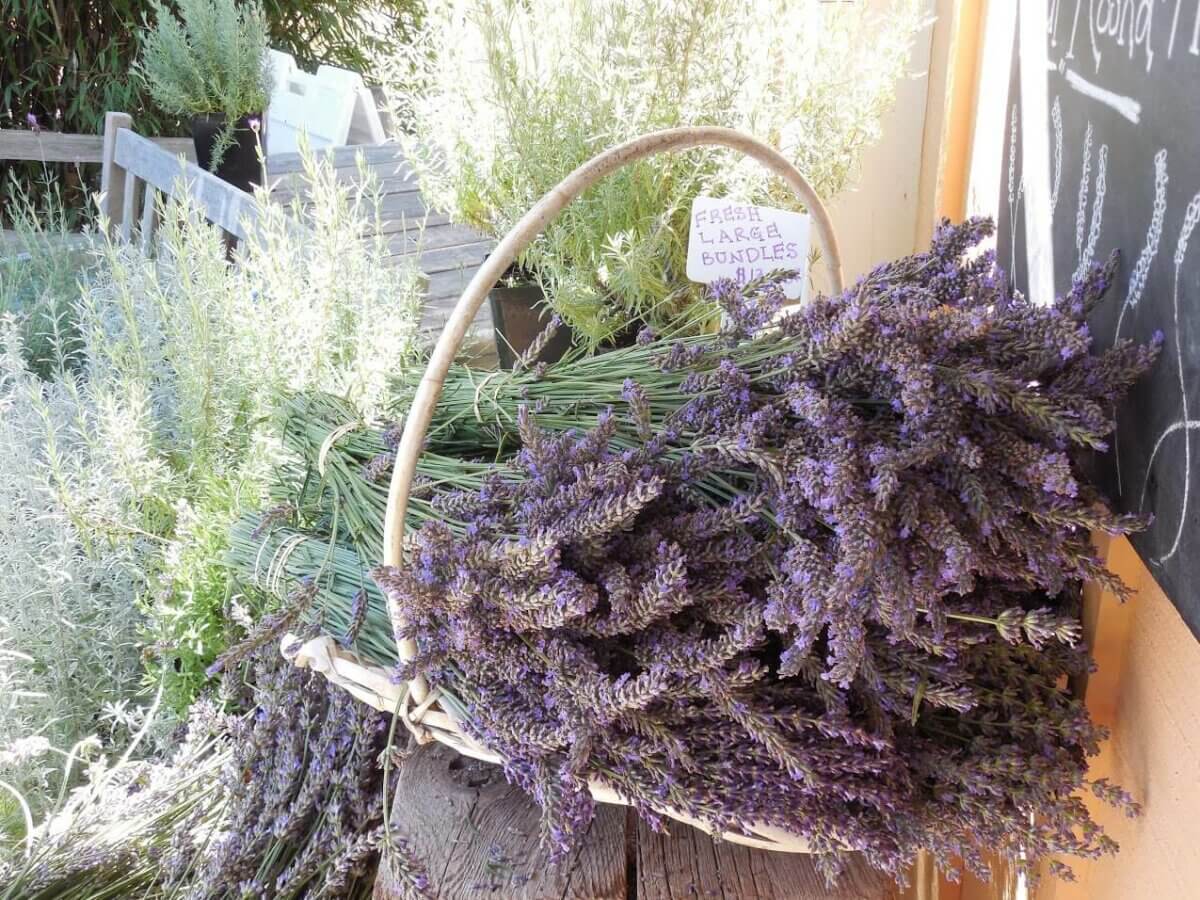
Lavender essential oil is made by extracting the oil from the flowers of the lavender plant. It’s produced using the distillation method.
Peppermint
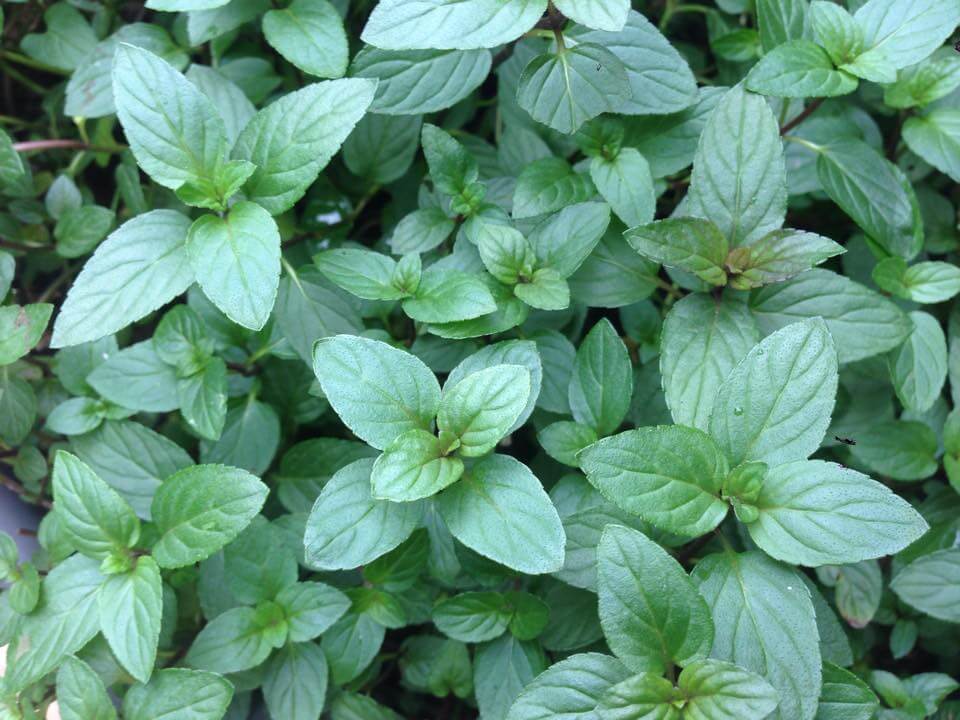
I love the fresh scent of peppermint. It always seems to perk me up when I’m feeling sluggish. I also use it as a last resort remedy when I’m experiencing migraines. Peppermint oil is even thought to aid in digestion.
Related Post: The Many Varieties Of Mint
Oil is extracted from the leaves of peppermint plants. It’s most often extracted using a solvent like alcohol. This method, when done at home, may take several weeks.
Bergamot
For the longest time, I had no idea that I loved bergamot so much. Now that I’ve identified the pleasant aroma, it’s an essential oil I often purchase. The bergamot plant oil extract is known for its skin healing qualities and is also thought to help with stress levels.
Lemongrass
If you love Thai cooking, you might be a fan of lemongrass essential oil. I love the scent, and it also has insect repelling qualities.
Orange
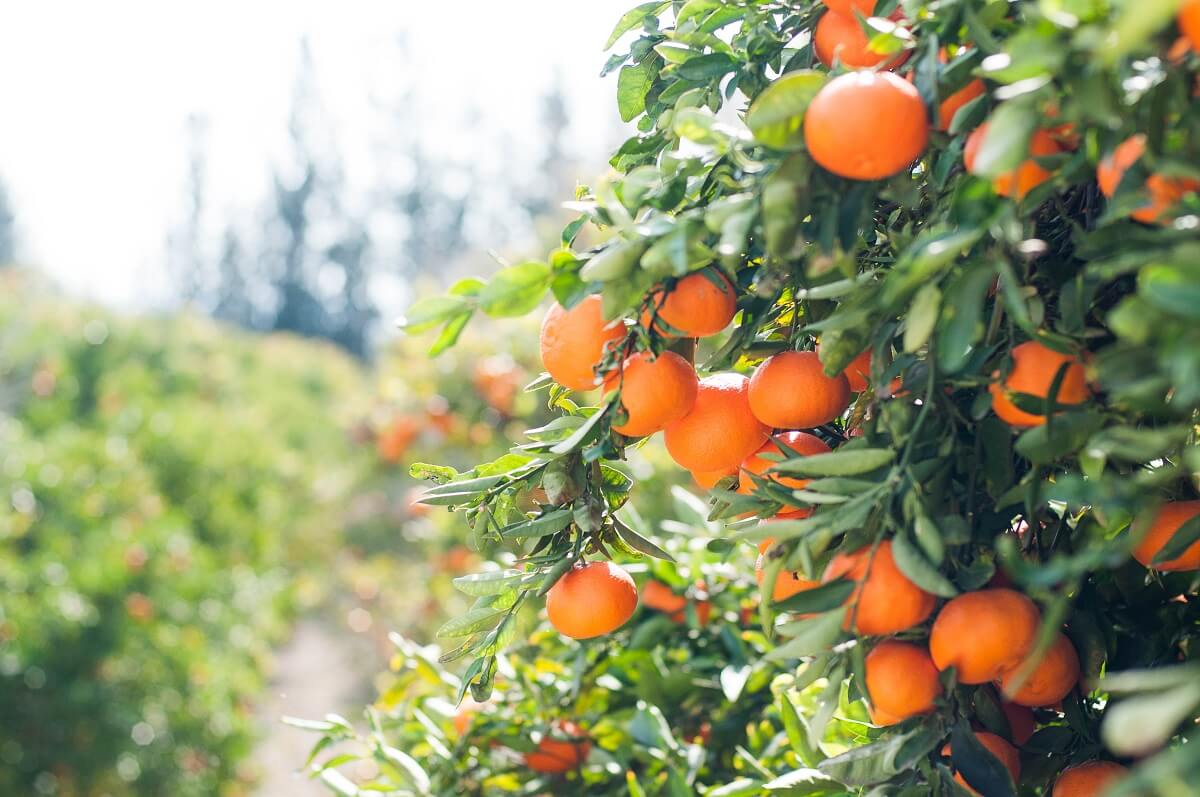
Who doesn’t love the smell of a sweet, delicious orange? This essential oil is the perfect choice for adding to a diffuser, especially when your home is smelling a little stale. It’s a great option when making your own natural cleaning solution. You can add a few drops to your water bucket the next time you mop your kitchen floors.
The mechanical method is most often used to extract oil from citrus fruits, but it can also be done via distillation.
Tea Tree
While the research is limited, there are widespread claims that tea tree oil is a medicinal powerhouse. It’s long been used as a healing tincture for treating skin issues, fungal infections, and bug bites. It is, however, very potent. If misused, it may burn the skin and cause irritation. It’s poisonous if ingested orally.
Related Post: Natural Anti-Fungal
I realize that the evidence about tea tree oil’s benefits is slim. In the past, I have added drops of it to boiling water to create homemade anti-bacterial steam in an attempt to treat congested sinuses. My success may have been more dependent on the hot vapor, but adding the oil certainly doesn’t hurt.
Eucalyptus

This essential oil has known medicinal applications thanks to its antimicrobial qualities. It smells nice, too. If you want to battle the sniffles before they wallop you, consider adding a few drops of eucalyptus oil to your bath or diffuser and reap the benefits of the soothing, cooling vapor.
Marjoram
The essential oil extracted from this peculiar herb is one of my favorites. While marjoram is primarily used to flavor foods, it has such a lovely scent that it’s always an oil I have on hand.
Carrier Oils For Your Essential Oils
To prevent irritation and potential allergic reactions, use a carrier oil to dilute essential oils prior to contact with the skin. Most essential oils are potent and should not be directly applied to the skin.
These oils do not typically have a scent. Therefore, they won’t ruin the aroma of the essential oil. Here are a few different common carrier oils.
- Coconut oil is a popular option because it’s also moisturizing. Some brands have a strong aroma that may interfere with your chosen scent.
- Argan oil has only a faint smell and contains plenty of enriching vitamins.
- Grapeseed oil is unscented and contains plenty of vitamin E.
- Sunflower oil is another neutral-smelling oil that softens skin and prevents irritation.
A Note On Essential Oils And Rubbing Alcohol
You can mix essential oils with grain alcohol, but most experts warn against doing the same with rubbing alcohol. Mixing with pure alcohol is useful when attempting to preserve a water-based mixture (e.g., a room spray infused with a few drops of essential oil). It gets the oil and water to combine even though they typically don’t mix.





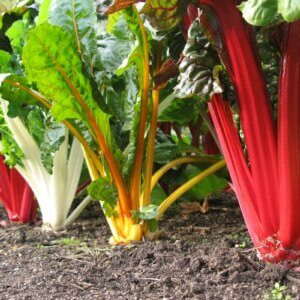

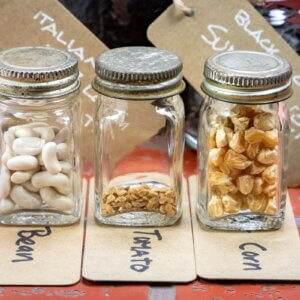










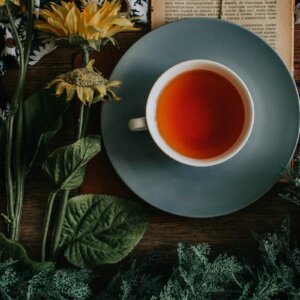























Leave a Reply